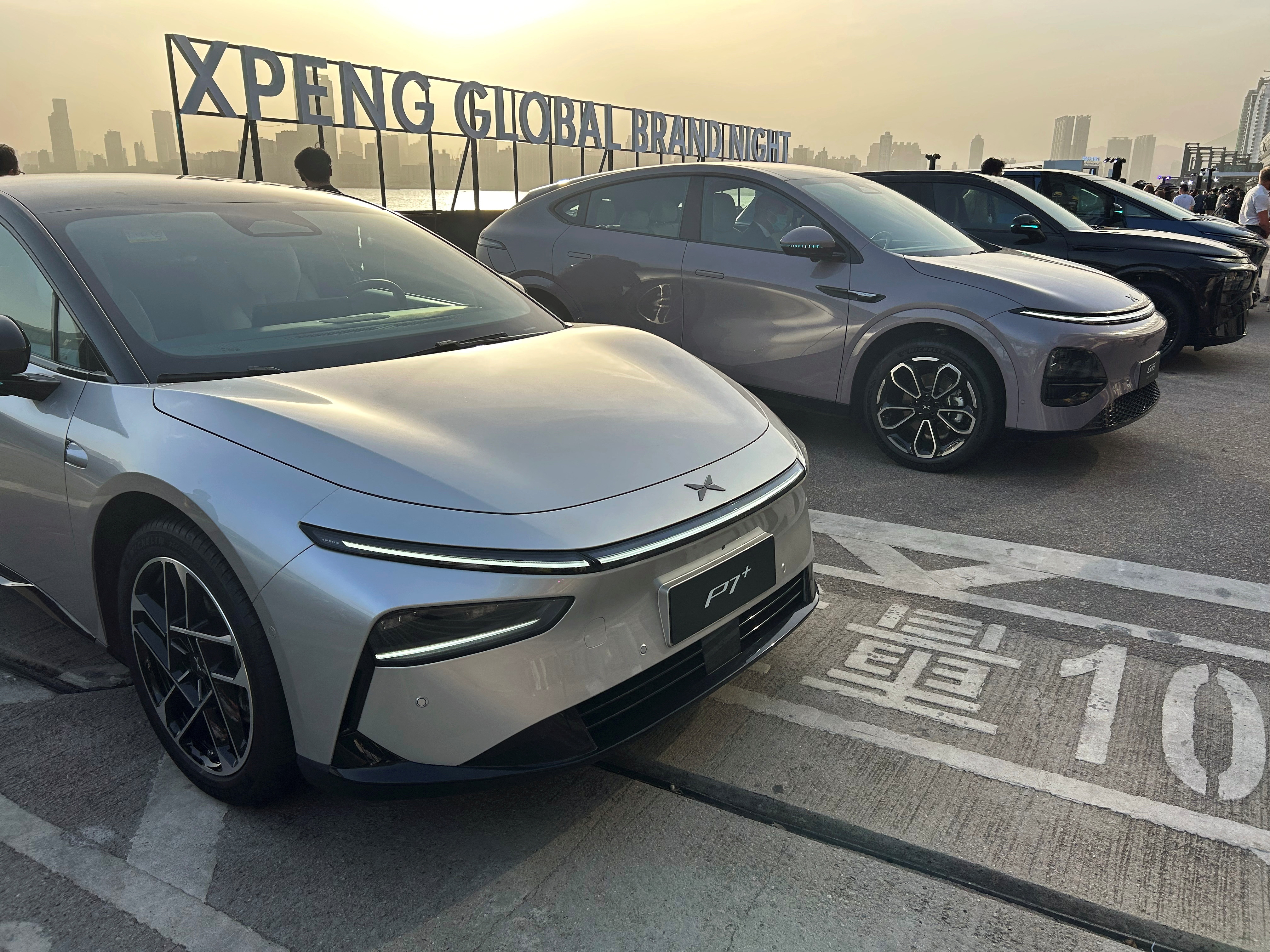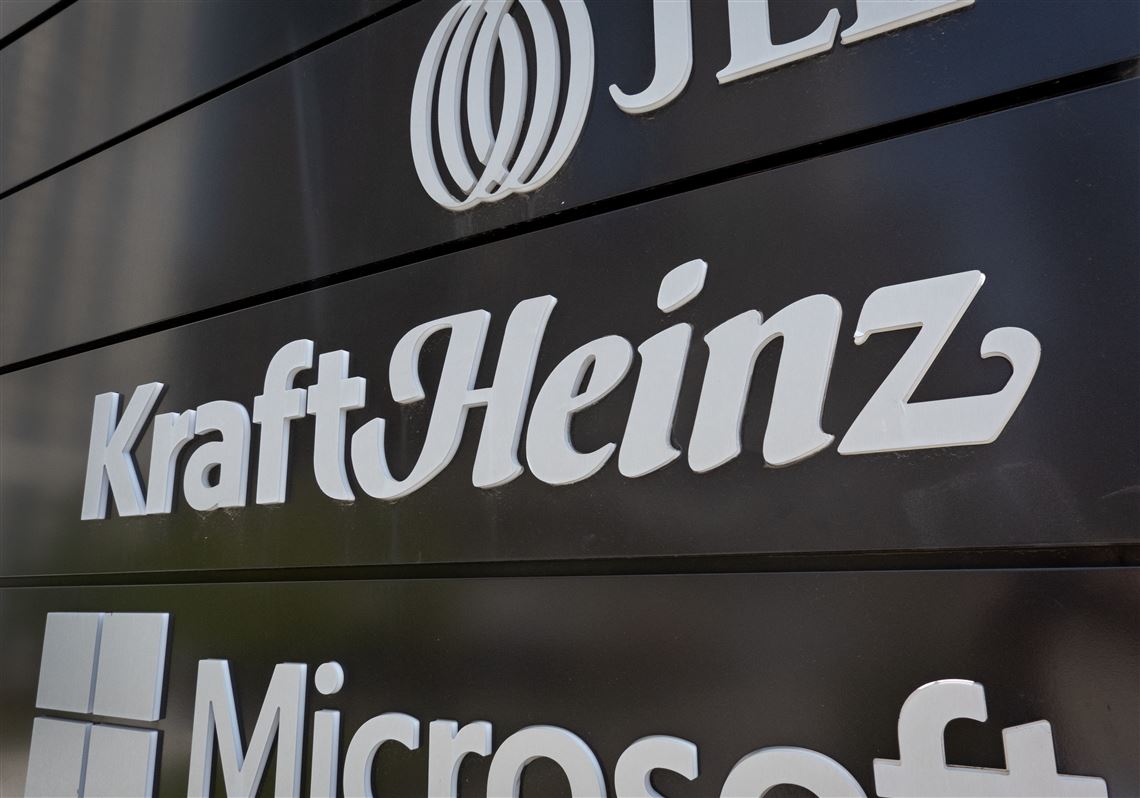The automotive industry has been navigating an unpredictable landscape over the past few years, marked by supply chain disruptions, fluctuating material costs, and shifts in consumer demand. As manufacturers prepare to unveil the 2026 model lineup, a critical question lingers among buyers and analysts alike: Will this be the year significant price hikes finally take hold?
Over the past ten years, the cost of new cars has been on a continuous rise, influenced by elements like technological advancements, regulatory demands, and the growing consumer desire for safety and comfort enhancements. Yet, recent inflation and worldwide economic challenges have introduced additional complications to pricing approaches. Although car manufacturers have been careful not to transfer all the increased production costs to buyers, the launch of the upcoming model year might indicate a shift.
The fundamental forces affecting car prices
Several forces have been building behind the scenes, creating a perfect storm for potential cost increases. First, raw materials essential for modern vehicles—such as lithium for electric batteries, steel for chassis components, and semiconductors for advanced electronics—remain in high demand. Although some supply chain bottlenecks have eased since the height of the pandemic, the balance between supply and demand remains fragile.
Also, regulatory systems globally are imposing stricter rules on emissions and fuel economy. In response, car manufacturers are dedicating significant resources to electrification, hybrid technologies, and modern powertrain advancements. Although these developments align with sustainability objectives and attract environmentally aware buyers, they significantly increase the expense of developing vehicles.
The growing influence of electric vehicles
Another significant factor influencing pricing dynamics is the rapid transition towards electric vehicles (EVs). Car manufacturers are hastening to broaden their range of EVs, a step that demands not only advanced technologies but also completely new production methods and infrastructure. Establishing battery factories, modifying assembly lines, and obtaining mineral resources all entail considerable initial costs.
Although some manufacturers have absorbed part of these costs in the interest of market penetration, there is increasing pressure to achieve profitability on EV offerings. This pressure could translate into higher sticker prices, especially as federal and state incentives for EV purchases become less generous in the coming years.
Customer choices and high-end characteristics
Consumer expectations have evolved dramatically, with many buyers seeking advanced technology, connectivity, and luxury-like amenities even in entry-level models. Features such as large touchscreen displays, driver-assistance systems, and premium sound systems are no longer confined to high-end trims—they are becoming standard across much of the market.
While these enhancements enhance comfort and safety, they also contribute to higher production costs. Automakers face the delicate challenge of balancing these expectations with affordability, a task that becomes increasingly complex in a competitive market.
The financial environment and borrowing costs
Macroeconomic conditions further complicate the outlook. High interest rates and persistent inflation have already placed strain on household budgets, making big-ticket purchases like cars more difficult for many consumers. Lenders have tightened credit standards, and average loan terms have extended to offset rising monthly payments.
If automobile manufacturers impose substantial price increases on the 2026 models, it might further reduce demand, especially in segments that are sensitive to costs. Consequently, certain brands might choose a more calculated strategy, distributing increases steadily over several model years instead of making abrupt changes immediately.
What consumers can expect
For purchasers desiring some relief, the fact remains that slight price rises are nearly unavoidable. Nonetheless, the magnitude of these increments will probably differ based on the brand, segment, and type of powertrain. Standard sedans and compact SUVs may encounter relatively minor changes, while models with high demand, luxury automobiles, and advanced electric vehicles could undergo more pronounced hikes.
To mitigate the impact, some manufacturers are introducing new leasing options, subscription models, and certified pre-owned programs to maintain accessibility. Additionally, as technology continues to advance, the used-car market is evolving, offering budget-conscious buyers a broader range of feature-rich vehicles at lower price points.
While no official announcements confirm sweeping price jumps for 2026 models, the convergence of rising production costs, evolving regulations, and consumer demand for advanced technology makes upward adjustments highly likely. For prospective buyers, planning ahead—whether by securing financing early, considering existing inventory, or exploring alternative ownership models—may be key to navigating the next wave of automotive pricing trends.
Si manufacturers handle these adjustments with care, the market may achieve equilibrium between technological advancement and cost-effectiveness. However, at present, both industry analysts and buyers are attentively monitoring the developments in vehicle pricing expected in 2026.




